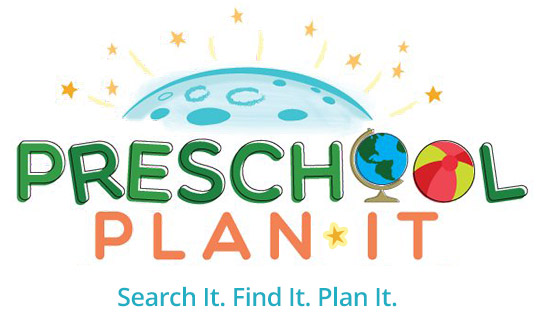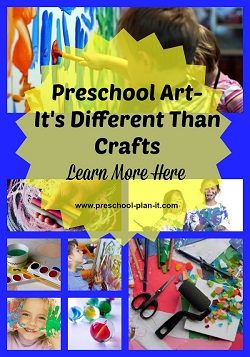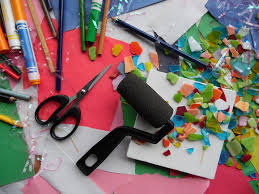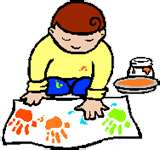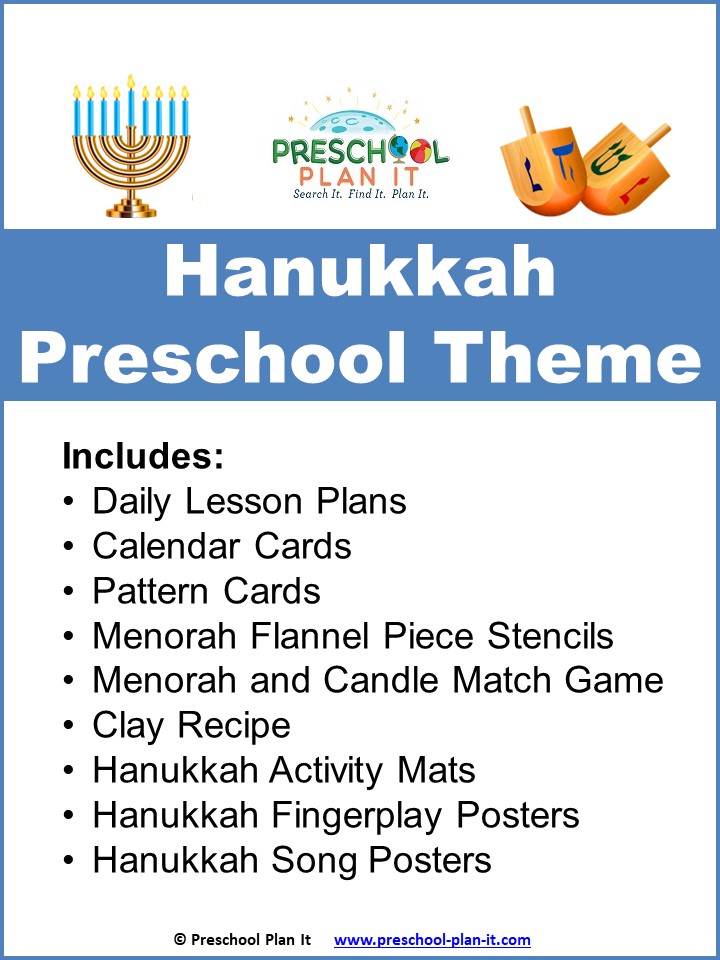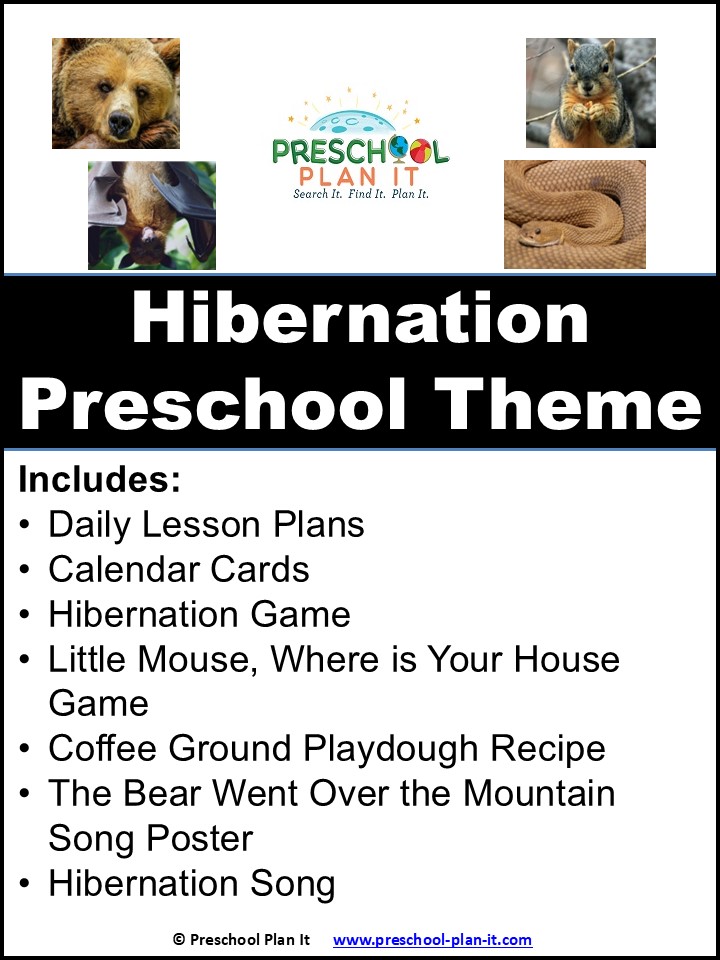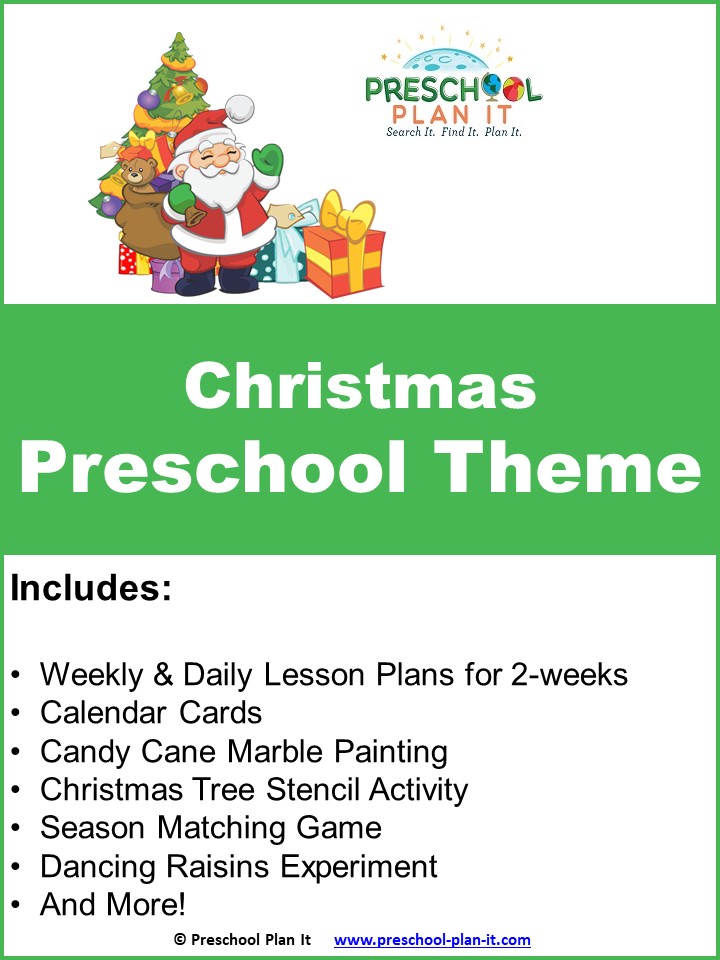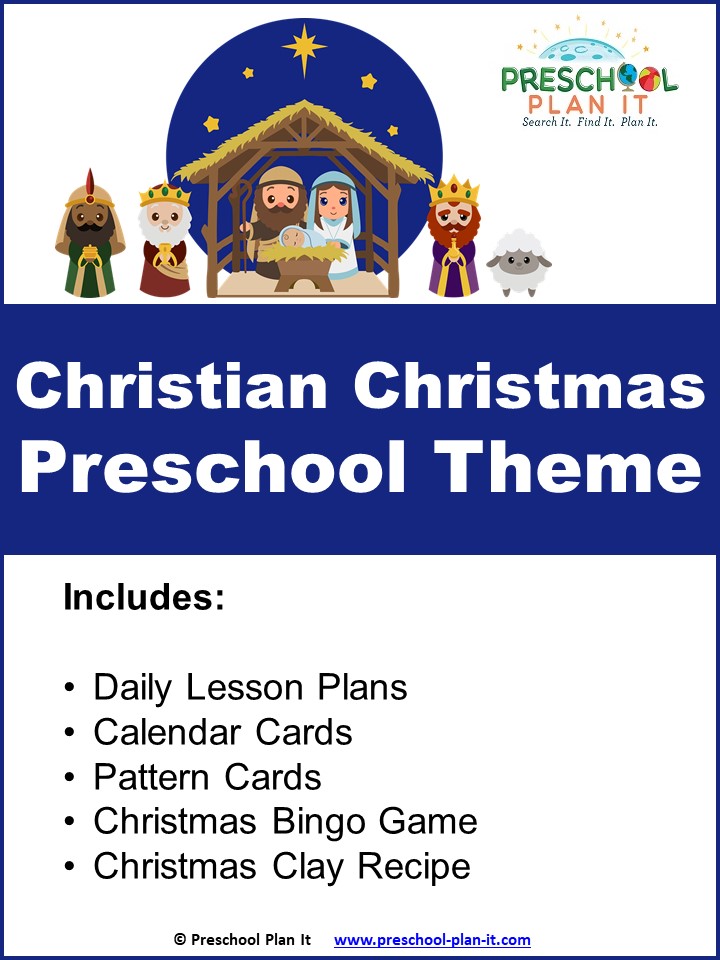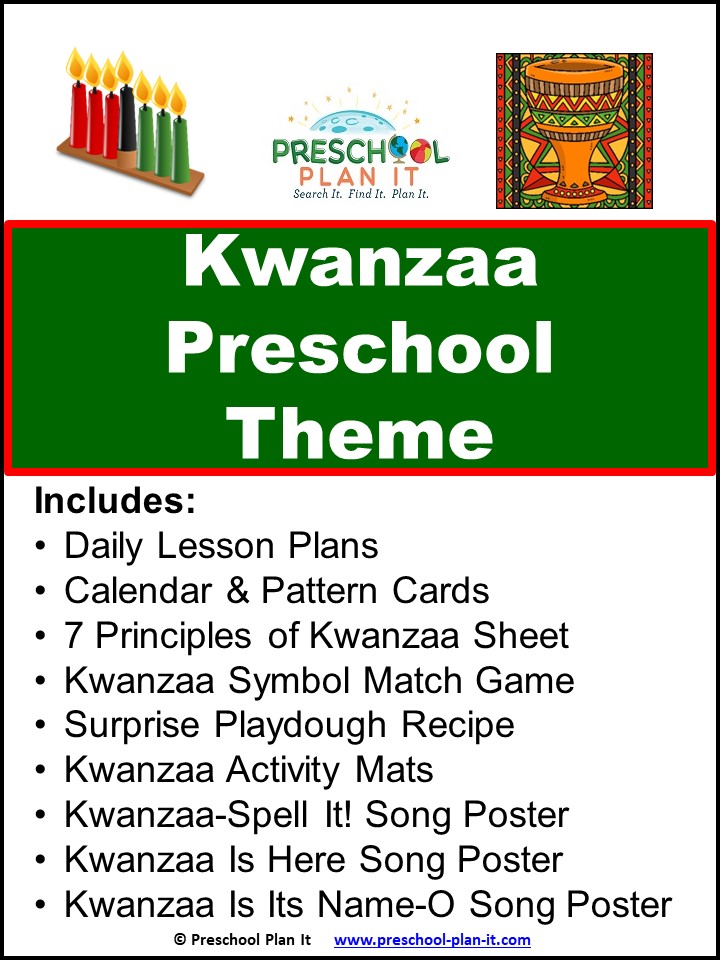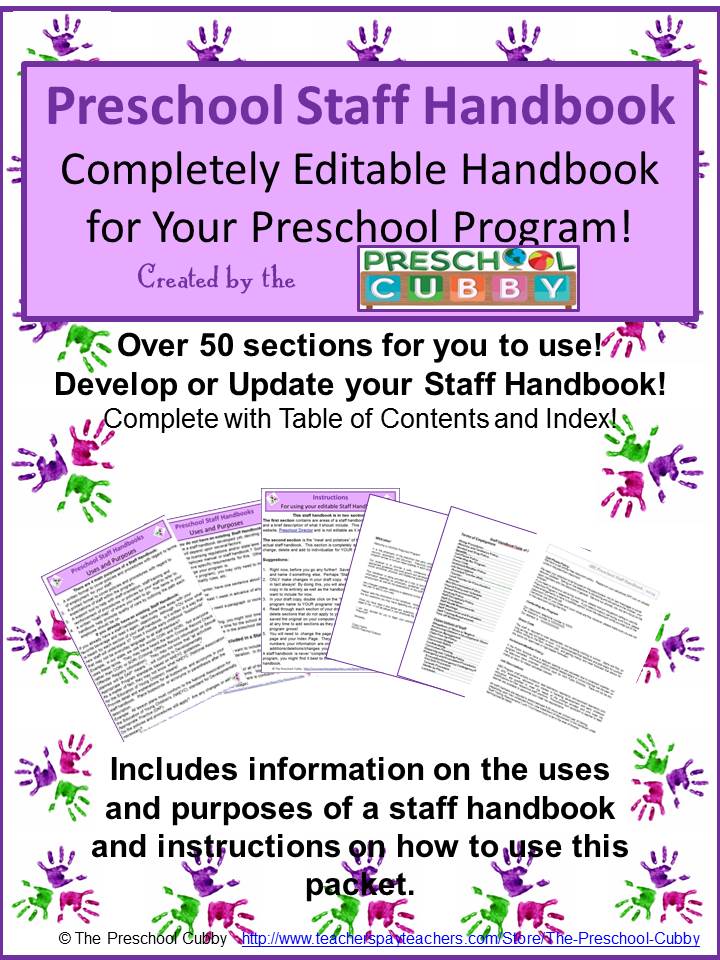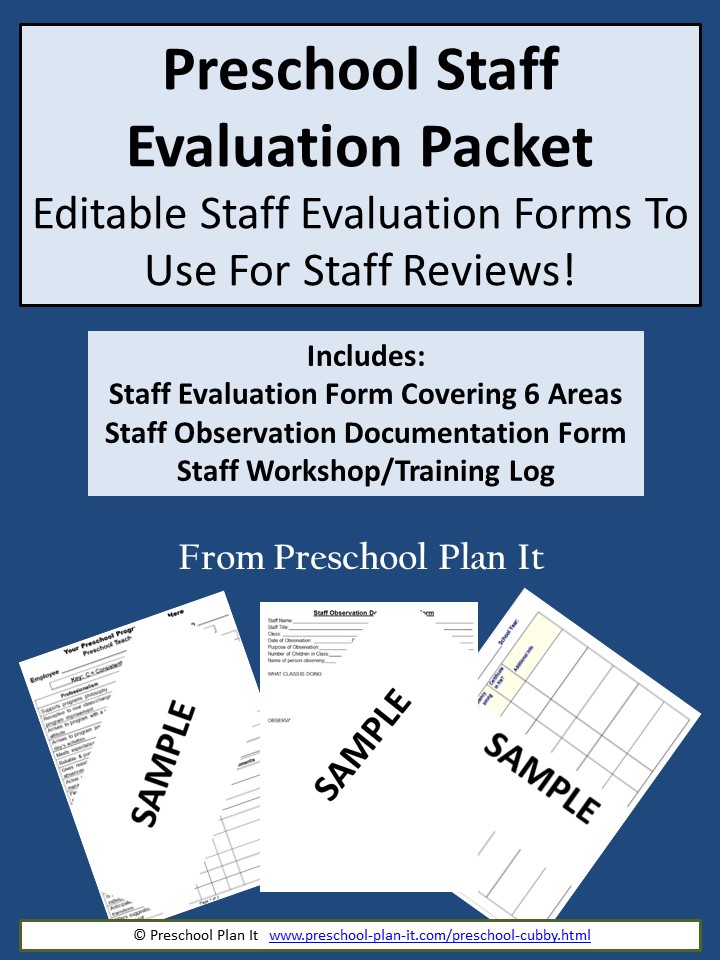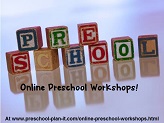- Theme Packs
- Themes
-
Preschool Planning
- Preschool Teachers
Preschool Arts vs Crafts

Typically, instead of Arts VS Crafts, the title of an article like this would read Arts and Crafts. Although many people use the words interchangeably, they are not.
I realize that this topic can be a “hot” one and that many feel strongly about (and defensive about).
My goal here is to encourage you to think about the developmental preschool skills required for art and those required for crafts when planning for your classroom as well as to think about why (and for whom) you are planning them!
In all transparency, I do not plan many craft projects in preschool.
Except for gifts for parents on special occasions (Mother’s Day, Father’s Day, Christmas, etc.), I don’t plan crafts.
Other than those times, I plan for activities that help them develop and strengthen the areas and skills needed (small muscle development, etc.) that lead to better control of those areas later.
Arts and Crafts DefinedBefore we plan, I think we need to define the words and decide how each type of activity fits into your program.
Let’s begin by doing the following:
1. Define the difference between an Art project and a Craft project (and there is a difference!).
2. Determine why we plan either one.
Art Defined
Art is subjective.
Art projects are subjective. Per Audio English, subjective is defined as "taking place within the mind and modified by individual bias".
This means that you, as the teacher, provide materials and mediums for the children to create with. The children use their individual ideas, thoughts and bias to create.
So, the materials are set out and no instruction is given. It is truly about the process of learning, manipulating and exploring the materials and mediums.
If you teach using themes, as I do, you might (at times) suggest that they create something to go along with a theme. This is typically only a suggestion and their creations may result in something entirely different and unrelated to the theme based on their free-flowing thoughts as they create. The conversation may look something like this:
Teacher: At the art table today, you’ll find paper, many colors of paint, different sizes of paint brushes and water to rinse your brushes out with. We’ve been learning about Farms this week and I thought you might want to create some art work for our preschool walls to decorate for Farm Week!
Child 1: I’m going to make lots of pigs in the mud!
Child 2: I’m going to paint a barn with a cat chasing a mouse!
Child 3: I’m going to paint lots and lots of apple trees on my farm!
When the children finish, you may be surprised at what they describe!
Child 1’s paper has a lot of brown and blue and what look like many small circles in the middle of the blue. We could, based on his initial reaction to the art activity, assume this is a painting of pigs in the mud.
However, he tells you "This is me and Mommy and Daddy and Bobby at vacation. We swimmed in a pond. There was lots of sand and a tire swing. We had so much fun."
Child 2’s paper looks—well, it looks like a barn with a cat chasing a mouse!
Child 3’s paper looks as though she experimented with and used every single color available and created a few of her own. This child tells you about how she and her family went on a long drive to see the colors of the trees changing. Her picture is this is a representation of what she saw.
Now, only one is theme related, however, that’s how art works: subjectively! It begins in the mind (or our suggestion of farm pictures) but is modified by the artist!
Now, let's look at how Crafts work.
Crafts Defined
Crafts are objective.
Crafts, in the Arts VS Crafts equation, on the other hand, are objective. Defined, objective is "undistorted by emotion or personal bias; based on observable phenomena" (Audio English).
Crafts always have a defined outcome. Using the same theme as we did above, Farm Week, let’s look at two examples.
Like What You See So Far?
Join my FREE Preschool Teacher Tips Email Community today and receive:
Weekly tips and planning ideas!
And, on the 1st of each month I'll email you a free
theme starter pack that includes a printable activity mat or game,
Calendar pieces, a playdough recipe and a song poster!
Join NOW and I'll also send you the theme planning forms I use!
It's all FREE? You in?
Just tell me where to send your goodies below!You provide a paper towel/toilet paper tube model of a pig. You provide all the materials the children need to make their own such as pom poms, googly eyes, pipe cleaners (for tails), glue, precut ears, etc.
The children use the materials to put together their own pig.
In the end, all the children who come to this center will make some variation of a pig. The pigs may all look slightly different (different colored pom poms, straight tails and squiggly tails, eyes in different spots, etc.), but all are pigs.
Some crafts don’t look or seem like a craft when being planned. For example, at the art table, the children are provided with paper, paint brushes and paint. There are no precut pieces and no model to observe for the outcome.
However, it is the instruction during the activity (with an intended outcome in mind) that makes the following much like a craft.
Teacher: Today we are going to paint trees for our Farm theme!
The teacher would then encourage children to think about trees by asking the following questions:
"What is the large part on this picture of a tree called? (the trunk).
What color trunk will your tree have? Trunks go from top to bottom or bottom to top. Let’s paint a trunk.
Now, where will the leaves grow from? What else do our trees need? (branches). Branches are much smaller trunks that grow out to the right and left and even up and down a little (show a picture of tree branches). Let’s paint some branches on our trees.
Now we will add some leaves to our trees. Will your leaves be big or small?
Where will they be (some children may say on the ground if it is autumn!)."
In the end, each tree will look somewhat different (some tree trunks will be short or wide or tall or thin; some leaves will be large or small, etc.), but ALL will be trees. Apart from choosing the color for the trunk and the leaves when painting craft, there is little individual expression.
This type of instruction is activity and instruction is product oriented.
As you can see, both above examples are objective.
Arts, Crafts and Preschool Development
We have the opportunity to provide children with art mediums and materials to explore freely, in their own ways.
My philosophy on the tree activity above is this: Children will have focused art class or “specialist” time throughout the rest of their K-12 school years (and will have the control and skill to complete them).
In preschool, it is my goal to give children the time to explore how the materials work with no outcome (such as time to squeeze the glue and see how squeezing hard makes a lot come out and squeezing lightly makes a little come out!).
Learning through exploration is true of math manipulatives, blocks in the block center and is also true of materials in the art center.
The Thinking Behind the Planning
There are many reasons teachers state for planning crafts in preschool:
• To develop fine motor skills
• To develop eye-hand coordination
• To practice staying on task
• To learn to follow directions
And yes, crafts can support these areas. The question is this:
Are those truly the primary goals for choosing and planning the craft?
When we are writing our plans for a Farm Theme and we plan to make that tube Pig, why are we choosing that craft? Typically, the answer is a combination of:
1. That Pig IS adorable!
2. The parents will LOVE it!
3. It will support fine motor development and eye-hand coordination.
If we are honest, we are choosing a craft to please others-the first two. And we qualify it using #3.
However, we have so many organic opportunities to teach them to follow 2-3 step directions during the day (i.e. hang up your coat, hang up your backpack and come to Circle area) and eye-hand coordination.
I’m not saying DON’T DO CRAFTS in preschool. What I am saying is when planning crafts, we need to be mindful that crafts can, and do, cause frustrations for many preschoolers. Why?
Crafts require a specific skill set in order to complete the project. That skill set includes control and good master of specific skills.
For our Pig example, that requires controlled fine motor skill (when squeezing just enough glue to place the eyes or pom poms; to place the googly eyes, the ears, to twist the pipe cleaner into a tail, etc.). It requires controlled eye-hand coordination to place those items in a defined space on the tube.
This frustrates many preschoolers who are just beginning to (or have not mastered) some of these skills such as:
• The child who is trying to put the Pig’s eyes on but keeps dropping them.
• The child who does not have the hand muscle development (which is most preschoolers) to control how MUCH glue they squeeze out.
• The child who sees what the Pig “should” look like and then compares and determines theirs “looks bad”.
Arts and Crafts in Preschool
So, is there a place for crafts in preschool? Well, yes……. or no! Whether or not you plan for crafts in your program will depend upon WHY you are planning each one.
I am not suggesting that crafts are wrong or “bad” in preschool. I am suggesting that each of us be intentional when planning arts and crafts, keeping the abilities of our individual preschoolers in this year’s class in mind.
If they do not have the skill control necessary to complete the craft on their own, consider offering more activities to develop those skills before setting the expectation of completing a craft.
Crafts are cute and adorable. Parents love ‘em and, be honest, we think they are cute, too! And I DO plan for crafts throughout the year. I do this when the goal is to send something home for the parents (again, Christmas, Valentine’s Day, Mother’s Day, Father’s Day, etc.).
Outside of that, I plan for hands-on art activities that are child directed and provide opportunities for children to explore the materials and mediums with no outcome in mind.
Final Thoughts
As you can see, there is a difference between an art activity and a craft activity. Keep these differences in mind when planning for your preschoolers.
I realize children can make choices during a craft such as choosing the color of paint or paper or by placing the eyes where they want on our tube Pig example.
Regardless, crafts DO have a set result or outcome that don’t leave very room for creativity, experimentation and individuality (individual bias). In addition, remember that the process involved in creating a craft requires fine motor control-they do not provide for the practice and exploration needed for fine motor development.
We have a wonderful opportunity to provide daily opportunities for children to explore materials (paint, glue, and the miscellaneous materials) freely, in their own ways.
I encourage you to offer hands-on art often throughout the year so your students have the opportunity to explore the materials and create freely. If you do choose crafts, keep the abilities of the children in your classroom in mind.
For more information about the differences between arts and crafts, read this article from NAEYC.
Other Articles You Might Be Interested In:
Click Here for More Preschool Teacher Articles
Go to Preschool Plan It's HOME Page


Hey there! Welcome to Preschool Plan It! I’m Cheryl, a preschool teacher of over 20 years.
I KNOW, I know, you spend hours of time developing your preschool themes, activities and preschool lesson plans each week. You are commited to planning preschool themes and activities that are engaging hands-on, interactive, fun AND meet the goal of supporting each child’s level of growth and development.
I am commited to providing you, the preschool teacher, with everything you need to develop preschool lesson plans and preschool activities for your classroom all in one place!
READ MORE
Join My Free Preschool Teacher Tips Newsletter
You’ll receive a weekly email with planning tips and teaching ideas.
You'll also receive (on the 1st of each month) a free theme starter pack with some printables and activity ideas to get you started planning a theme!Join Now and Get Your First Theme Right Away!
© Copyright 2010-2025 Preschool-Plan-It.com | All Rights Reserved | Privacy Policy & Disclaimer
- Preschool Teachers
